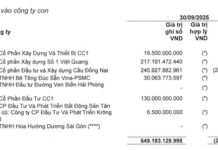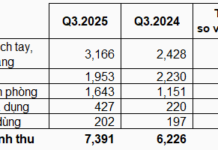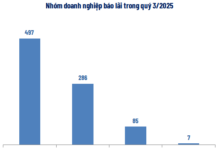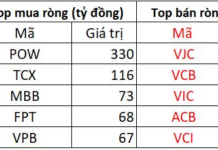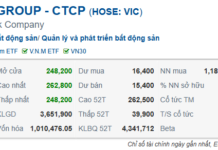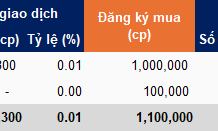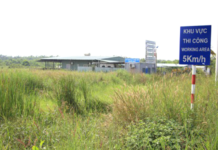On October 10, the Ministry of Construction approved the adjusted master plan for Gia Binh International Airport for the period 2021-2030, with a vision to 2050.
The plan aims to develop Gia Binh Airport into a 4F-class airport, with a capacity of approximately 30 million passengers per year and 1.6 million tons of cargo annually by 2030. The airport will accommodate aircraft such as B747, B777, B787, A380, A350, A321, and other specialized aircraft.
The adjusted plan includes two runways: 07R/25L in the northern area, measuring 3,500x45m, and 06L/24R in the southern area, measuring 4,000x45m, spaced 1,800m apart. Parallel taxiways will be constructed south of runway 07R/25L and north of runway 06L/24R, along with connecting taxiways and rapid exit taxiways for seamless operations.
By 2050, the airport’s capacity is expected to increase to 50 million passengers per year and 2.5 million tons of cargo annually. Additional runways—07L/25R (3,500x45m) and 06R/24L (3,650x45m)—will be built 366m north and south of the existing runways, respectively. Parallel taxiways and connecting systems will also be expanded to support increased traffic.
The total land requirement for the airport is approximately 1,960 hectares, including 944 hectares for civil aviation facilities, 941 hectares for shared airfield structures, and 75 hectares for security purposes managed by the Ministry of Public Security.
Gia Binh Airport will be connected to a highway linking Hanoi and Hai Phong, with a metro station at the passenger terminal for integration with the national railway system. Detailed transportation planning will ensure synchronization with regional economic development.
The Ministry of Construction has requested Hanoi People’s Committee and Bac Ninh Provincial People’s Committee to collaborate on completing road and rail infrastructure connecting Hanoi to Gia Binh Airport.
Bac Ninh Province is tasked with updating local plans to incorporate the airport’s master plan, enforcing strict airspace and construction height regulations, and addressing utilities such as electricity, water supply, and drainage for surrounding areas.
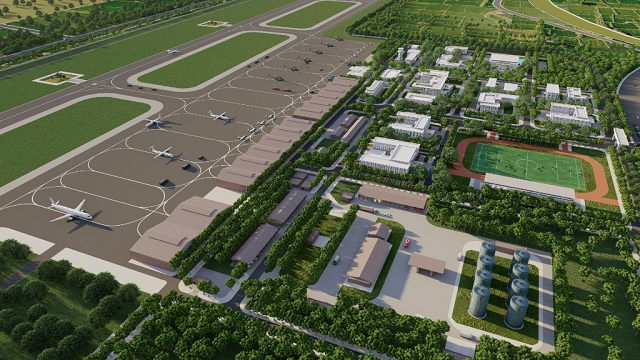 Gia Binh Airport model. Photo: Vietnam Aviation Authority
|
According to the Vietnam Aviation Authority, the estimated investment for Gia Binh Airport is VND 161.6 trillion for 2021-2030 and VND 52.7 trillion for the vision to 2050.
With Gia Binh Airport included in the national airport system development plan, the total investment required by 2030 exceeds VND 485.4 trillion, sourced from state budgets, private funds, and other legal capital sources.
– 16:11 13/10/2025
Yên Phong Gateway Kick-off Ceremony: The Gateway to Prosperity, Connecting Thriving Opportunities
On September 30, 2025, the vibrant city of Bac Ninh witnessed the exhilarating kick-off event for the Yen Phong Gateway sub-zone, part of the prestigious Dong Yen Village Residential Area project in Yen Phong District. The atmosphere was electric, brimming with enthusiasm and anticipation as attendees gathered to celebrate this significant milestone.
5 Airports Directly Impacted by Typhoon No. 11
Hurricane Matmo, designated as Typhoon No. 11, is forecasted to directly impact Cat Bi International Airport in Hai Phong and Van Don Airport in Quang Ninh. Consequently, multiple other airports are also implementing emergency response plans to ensure operational safety.
Gia Lam Airport Secures Massive Funding, Solidifying Its Role as Northern Vietnam’s International Gateway
Gia Bình International Airport has been officially approved for development with a substantial investment, marking it as a pivotal national infrastructure project. Boasting an impressive scale, the airport is poised to become a cornerstone of economic growth, significantly attracting both domestic and foreign investment, particularly in industrial and urban development sectors.











